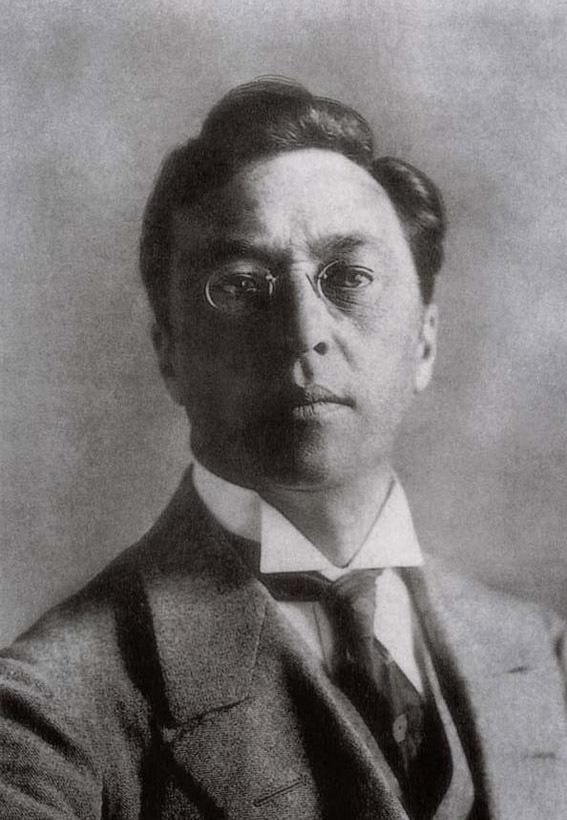Wassily Kandinsky, born on December 16th, 1866 in Moscow, Russia, was a renowned Russian painter and art theorist. He is widely regarded as one of the pioneers of abstraction in Western art. Throughout his career, Kandinsky explored the expressive power of color, form, and line, creating innovative works that challenged traditional artistic conventions. This article delves into the life and artistic journey of Wassily Kandinsky, tracing his development as an artist and his significant contributions to the world of abstract art.
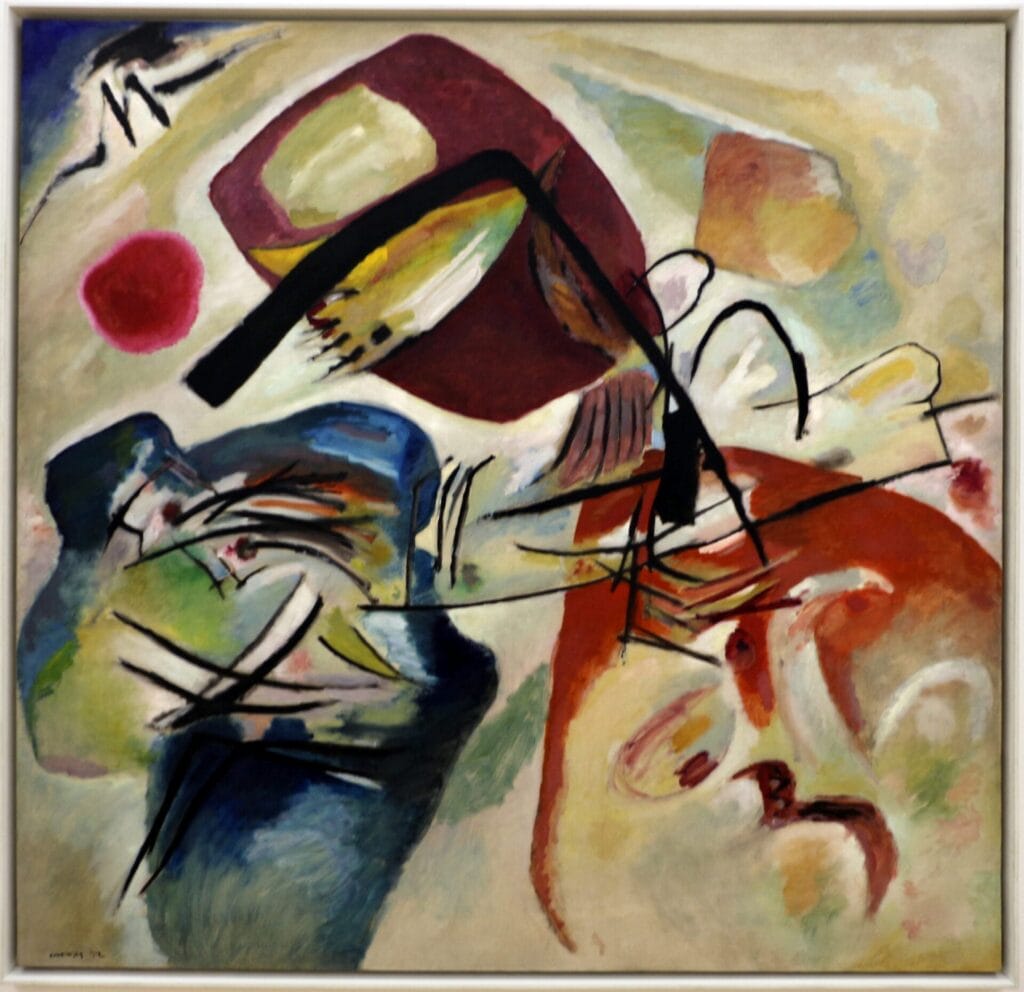
Kandinsky was born into a prosperous family in Moscow, where he enjoyed a culturally rich upbringing. His early exposure to art, particularly the vibrant colors and design of folk art, left a lasting impression on him. Despite his parents’ expectations for him to pursue a career in law, Kandinsky’s fascination with color symbolism and psychology led him to choose a different path.
After completing his education at Moscow University, Kandinsky embarked on a career in teaching. However, his true passion for art soon took center stage, prompting him to leave his successful profession and devote himself entirely to painting. In 1896, Kandinsky made a pivotal move to Munich, Germany, a hub of artistic activity at the time.
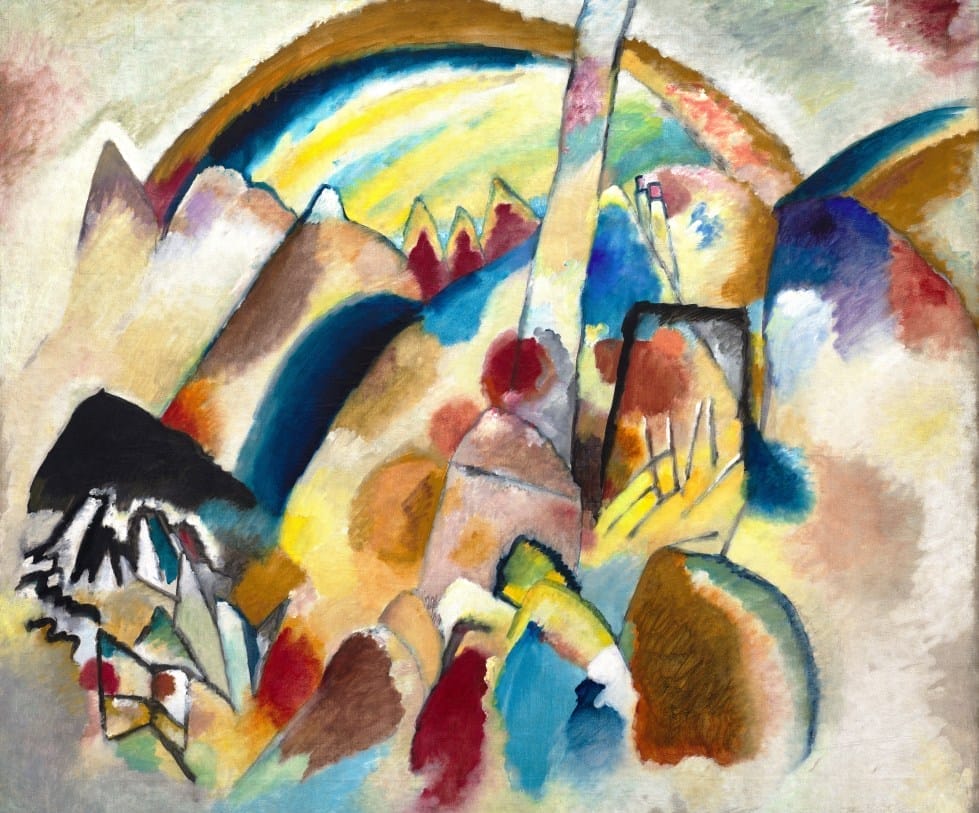
In Munich, Kandinsky immersed himself in the vibrant artistic community, studying under renowned artists such as Anton Ažbe and Franz von Stuck. He experimented with various styles and techniques, gradually moving away from representational art towards abstraction. Kandinsky’s encounters with the works of Monet and the music of Wagner further fueled his exploration of color and form.
During this period, Kandinsky formed artistic groups such as Phalanx and The New Group of Artists, where he exhibited his work and promoted innovative ideas. His paintings from this time exhibited a unique blend of vivid colors, bold lines, and abstracted forms. Notable works from this period include “Blue Rider” (1903) and “The Gulf Coast in Holland” (1904).
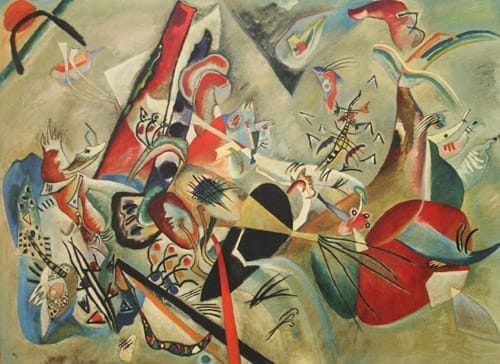
In 1911, Kandinsky co-founded the influential Blue Rider movement with fellow artist Franz Marc. The group sought to explore the expressive potential of color and form, embracing spirituality and the symbolic power of art. Kandinsky’s theoretical writings, such as “Concerning the Spiritual in Art” (1911), further solidified his position as a leading figure in the abstract art movement.
During this time, Kandinsky’s works became increasingly abstract, moving away from representational subject matter. He delved into the realm of the subconscious, using colors and forms to evoke emotions and spiritual experiences. Notable works from this period include “Composition VII” (1913), a complex and dynamic painting that showcases Kandinsky’s mastery of abstract composition.

The outbreak of World War I in 1914 led Kandinsky to return to Russia. He became involved in the cultural administration of Anatoly Lunacharsky and played a role in establishing the Museum of the Culture of Painting. However, Kandinsky’s spiritual outlook clashed with the materialistic ideology of Soviet society, leading him to seek opportunities elsewhere.
In 1920, Kandinsky left Russia and returned to Germany. He joined the faculty of the renowned Bauhaus school of art and architecture, where he taught and continued to develop his artistic theories. Kandinsky’s time at the Bauhaus marked a significant period of experimentation and collaboration with other avant-garde artists, including Paul Klee and Lyonel Feininger.
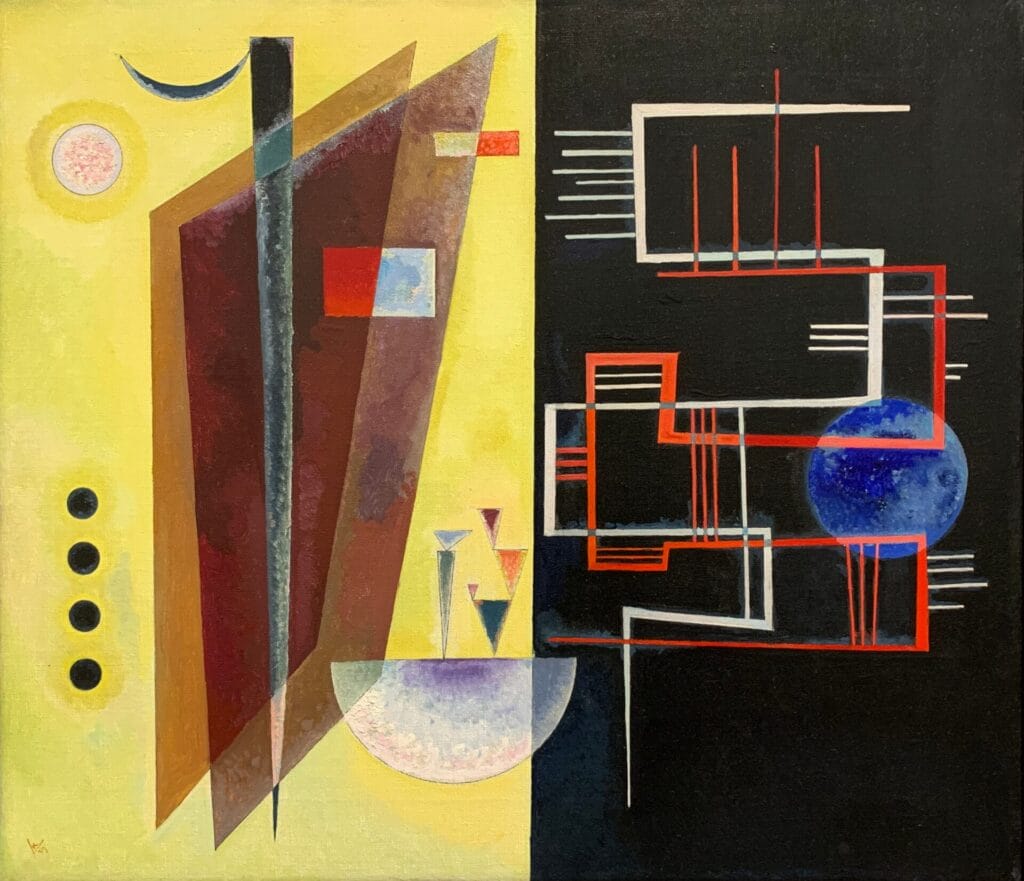
The rise of the Nazi regime in Germany forced Kandinsky to flee once again, this time to France. In Paris, he found a new home and continued to produce artwork that showcased his evolving style. Kandinsky’s later works feature softer color palettes, biomorphic forms, and a sense of whimsy and playfulness.
Despite living in relative isolation and facing challenges in gaining recognition for his abstract art, Kandinsky remained committed to his artistic vision. He continued to explore the boundaries of abstraction, creating works that were deeply personal and spiritually resonant. Notable paintings from his Parisian years include “Sky Blue” (1940) and “Complex-Simple” (1939).
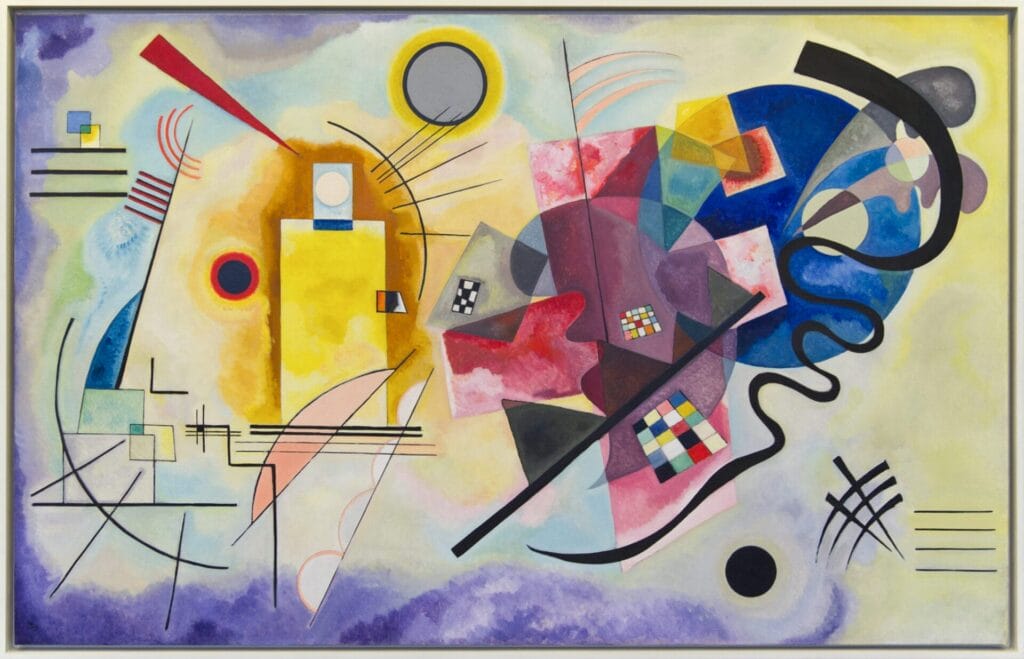
Wassily Kandinsky’s contributions to the world of art cannot be overstated. His pioneering work in abstraction paved the way for future generations of artists, challenging traditional notions of representation and opening up new possibilities for artistic expression. Kandinsky’s theories on the spiritual aspects of art continue to resonate with artists and art enthusiasts alike.
Today, Kandinsky’s artwork can be found in prestigious museums and galleries worldwide, where it continues to captivate audiences with its vibrant colors, dynamic compositions, and spiritual depth. His legacy as a trailblazer in abstract art remains a testament to his unwavering commitment to pushing the boundaries of artistic expression.
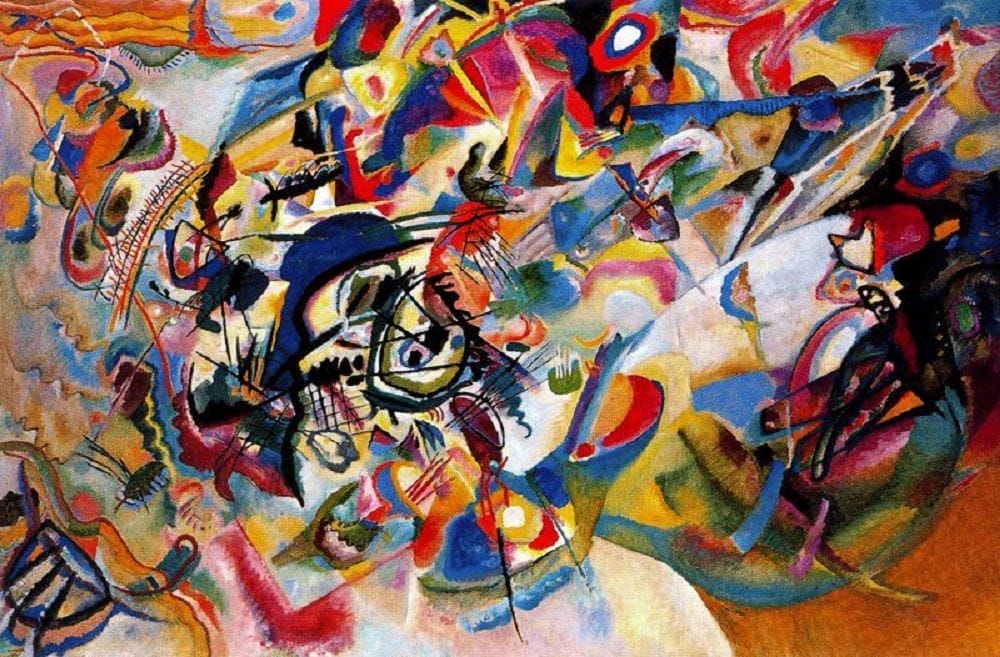
Wassily Kandinsky’s journey as an artist is an inspiring tale of artistic evolution and exploration. From his early years in Moscow to his groundbreaking work in Munich and his later years in France, Kandinsky continually pushed the boundaries of art, challenging conventions and redefining the possibilities of abstract expression. His legacy as a pioneer of abstraction and his profound influence on the art world continue to be celebrated to this day. Wassily Kandinsky’s contributions to art will forever be remembered as a testament to the power of creativity and the endless possibilities of artistic expression.

